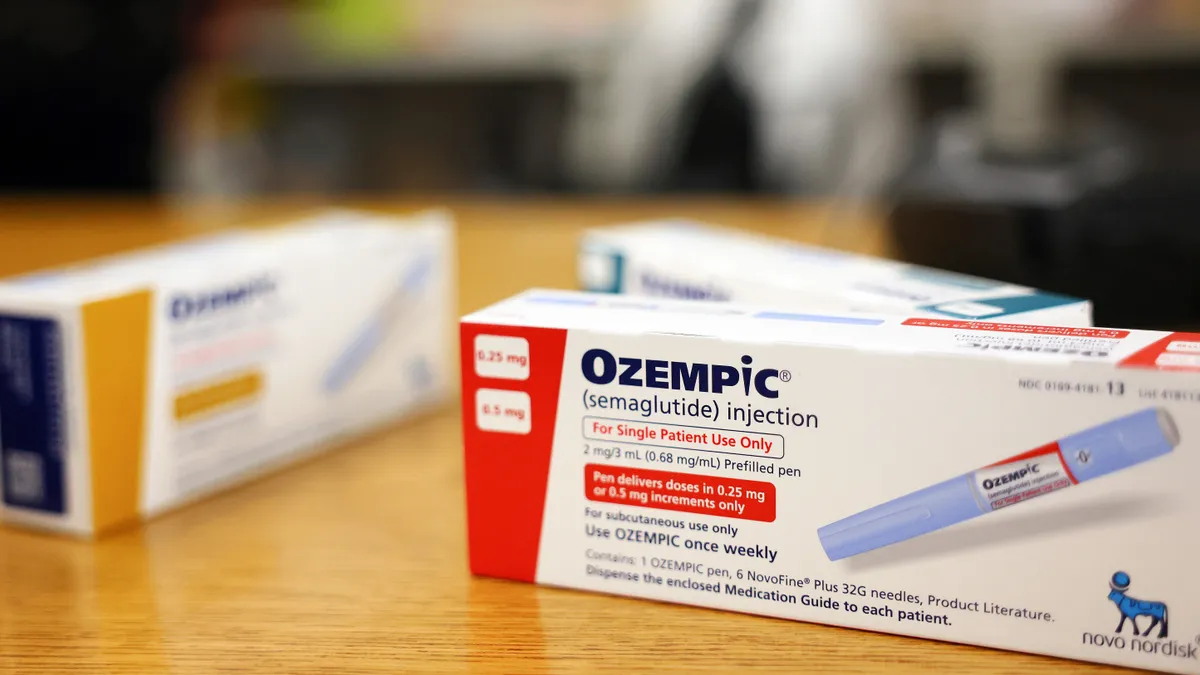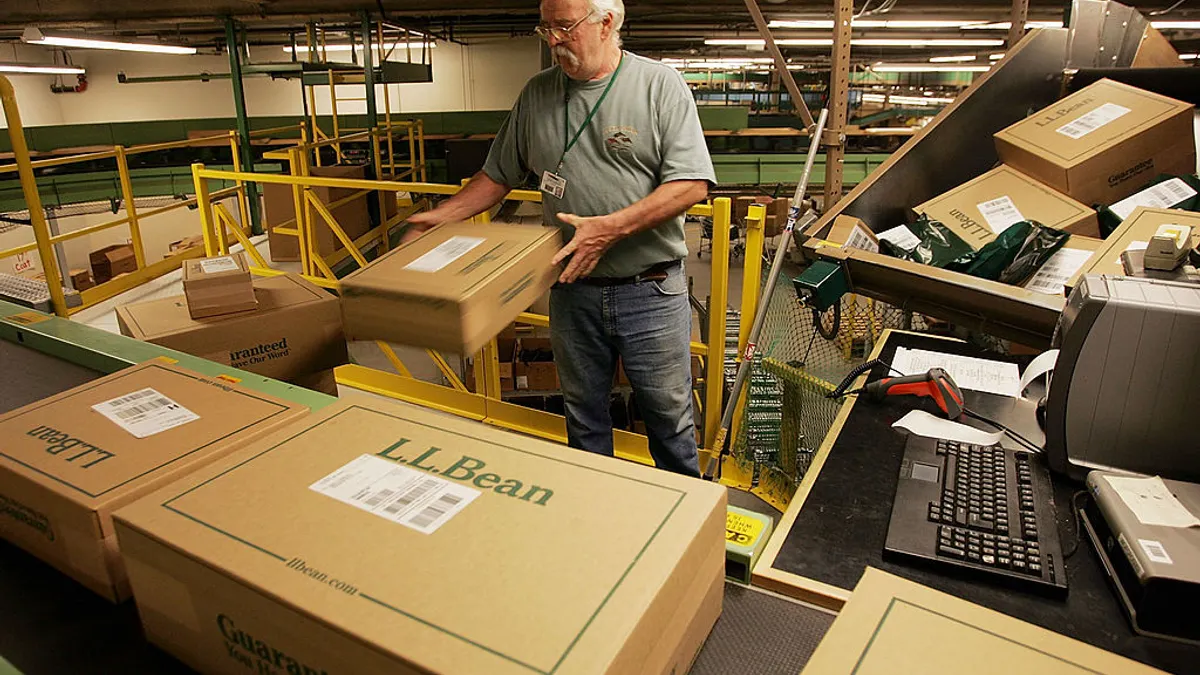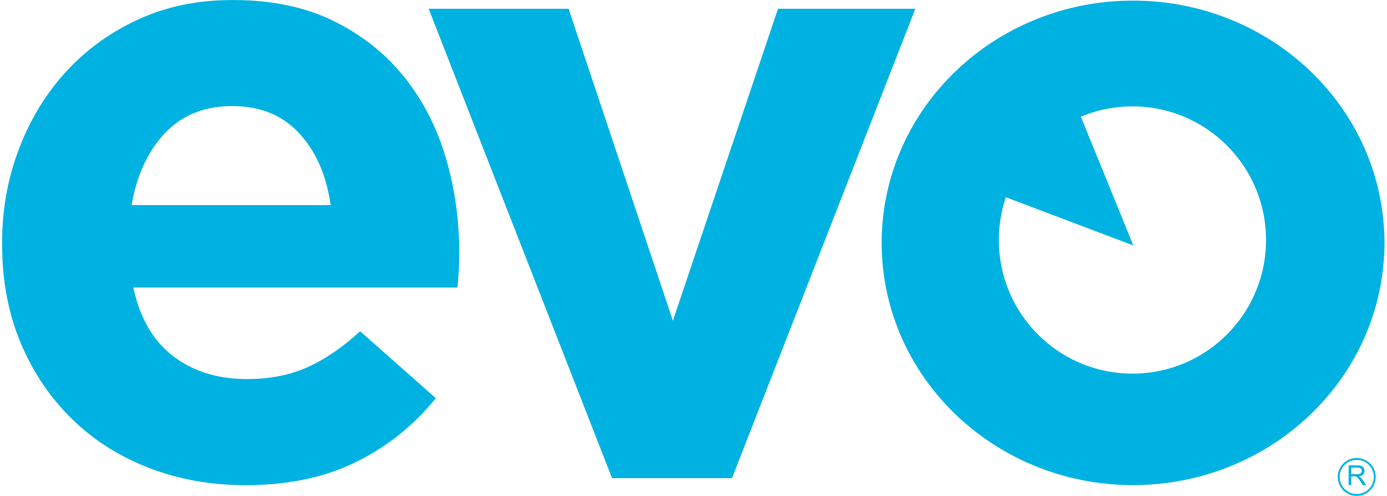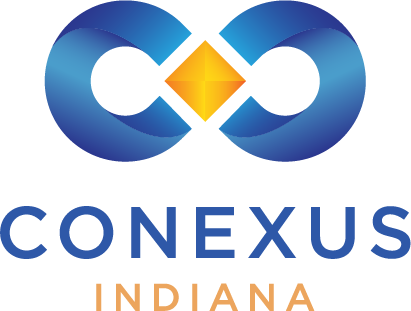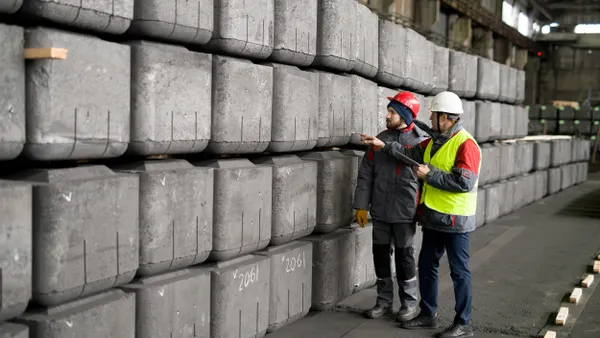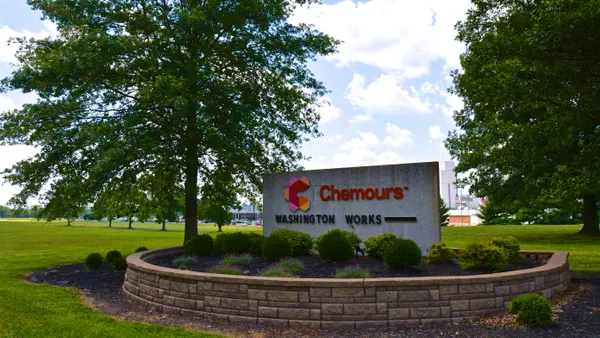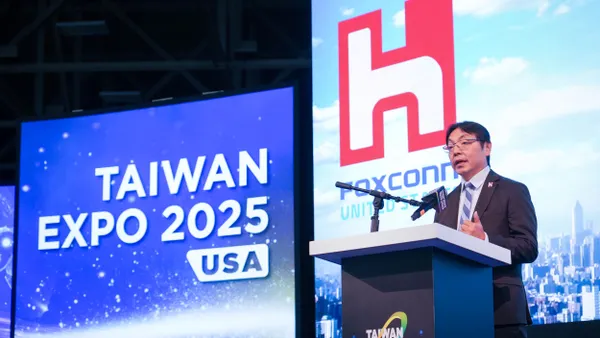Dive Brief:
- Novo Nordisk is investing in additional capacity for active pharmaceutical ingredients production and fill-finish capacity for injectable and oral products as demand continues to grow, CFO Karsten Munk Knudsen said in the drugmaker's latest earnings call.
- The drugmaker is expanding to meet demand for its popular weight loss drug Wegovy, which more than doubled in sales year over year to 9.4 billion Danish kroner ($1.4 billion) in Q1, according to the call.
- The expanded capacity will help bring Novo Nordisk closer to its goal of reaching over 25 billion kroner ($3.6 billion) in obesity-related drug sales by 2025.
Dive Insight:
Parent company Novo Holdings is pushing ahead to address ongoing supply constraints in the GLP-1 industry with its plan to acquire contract drug maker Catalent and three of its manufacturing facilities in Italy, Belgium and Indiana. The acquisition remains on track to be completed by the end of 2024, Knudsen said.
Novo Nordisk saw major sales growth in Q1 thanks to GLP-1-based treatments for obesity and diabetes, with “the expectation of continued volume growth and capacity limitations” throughout the year, the CFO said on the call. The company is investing in both internal and external production capacity in an attempt to tackle supply shortages, Knudsen added.
The Denmark-based company’s capital costs nearly doubled year over year up to 8.5 billion kroner, driven by production investment related to API, oral and injectable drugs.
Supply constraints, however, continue to hamper the company’s operations — the drugmaker had to reduce the release of Wegovy starter doses in May 2023, which continued throughout the remainder of the year, EVP and head of North America operations Doug Langa said on the call. Novo Nordisk gradually started increasing supply again at the beginning of the year.
To help meet the booming demand, in March, the Food and Drug Administration approved Wegovy’s label expansion in the U.S. following study results that proved the medicine can protect heart health, helping insurance coverage and getting a lower “net” price.
Wegovy now has 130,000 weekly prescriptions in the U.S., with more than 25,000 people starting on the drug per week during the quarter, according to a securities filing.
Ozempic sales, its most popular GLP-1 injection, increased about 42% to 27.8 billion kroner ($4 billion) YOY. While sales of Wegovy and Ozempic grew year over year, according to the filing, sales slowed compared to Q4 as lower prices and continued supply constraints curbed scaling of the drugs.
“With the expectation of continued volume growth and capacity limitations, the outlook also reflects expected continued periodic supply constraints and related drug shortage notifications across a number of products and geographies,” Knudsen said on the call.
Novo Nordisk, along with its main competitor Eli Lilly, are both working hard to expand their manufacturing capabilities in response to increased demand. In an effort to grab a piece of Novo Nordisk’s tight hold on the market, Eli Lilly bought an injectables medicine plant in Wisconsin last month.



